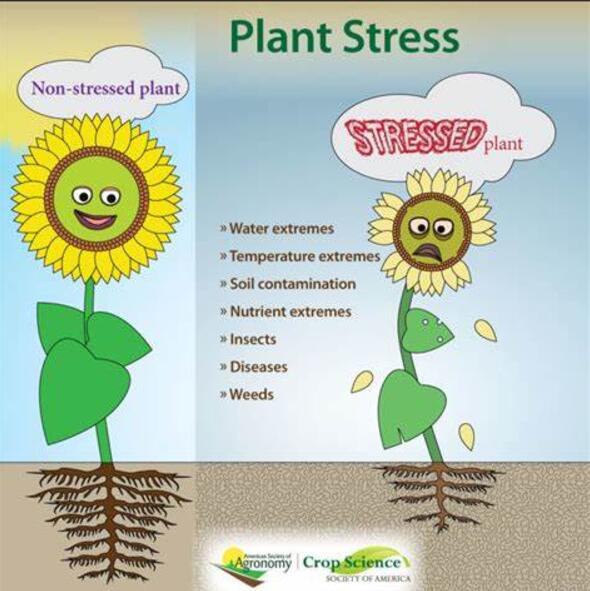Physiological response and transcriptomic analysis of red-fleshed apple seedlings to low temperature stress
IF 6.8
Q1 PLANT SCIENCES
引用次数: 0
Abstract
Low temperature (LT) stress negatively impacts the yield and quality of key horticultural crops such as apples. While previous research has predominantly focused on white-fleshed apple varieties with limited cold tolerance, the mechanisms underlying low temperature responses in red-fleshed apples remain largely unexplored. In this study, we used red-fleshed apple seedlings that we developed previously to investigate the biochemical responses to varying temperature conditions. Notably, LT stress significantly enhanced the accumulation of anthocyanins, soluble sugars, soluble proteins, and other metabolites in the red-fleshed apple seedlings. Leveraging RNA-seq data, we identified a potential LT stress-responsive transcription factor, which we designated as MdbHLH51. Functional characterization revealed that overexpression of MdbHLH51 in ‘Orin’ calli significantly promoted anthocyanin accumulation and up-regulated the expression of all MdCBFs genes, thereby bolstering tolerance to cold stress. These findings provide valuable insights into the cold stress response mechanisms in red-fleshed apples, offering a theoretical foundation for the genetic breeding of cold-resistant red apple varieties.
求助全文
约1分钟内获得全文
求助全文
来源期刊

Plant Stress
PLANT SCIENCES-
CiteScore
5.20
自引率
8.00%
发文量
76
审稿时长
63 days
期刊介绍:
The journal Plant Stress deals with plant (or other photoautotrophs, such as algae, cyanobacteria and lichens) responses to abiotic and biotic stress factors that can result in limited growth and productivity. Such responses can be analyzed and described at a physiological, biochemical and molecular level. Experimental approaches/technologies aiming to improve growth and productivity with a potential for downstream validation under stress conditions will also be considered. Both fundamental and applied research manuscripts are welcome, provided that clear mechanistic hypotheses are made and descriptive approaches are avoided. In addition, high-quality review articles will also be considered, provided they follow a critical approach and stimulate thought for future research avenues.
Plant Stress welcomes high-quality manuscripts related (but not limited) to interactions between plants and:
Lack of water (drought) and excess (flooding),
Salinity stress,
Elevated temperature and/or low temperature (chilling and freezing),
Hypoxia and/or anoxia,
Mineral nutrient excess and/or deficiency,
Heavy metals and/or metalloids,
Plant priming (chemical, biological, physiological, nanomaterial, biostimulant) approaches for improved stress protection,
Viral, phytoplasma, bacterial and fungal plant-pathogen interactions.
The journal welcomes basic and applied research articles, as well as review articles and short communications. All submitted manuscripts will be subject to a thorough peer-reviewing process.
 求助内容:
求助内容: 应助结果提醒方式:
应助结果提醒方式:


